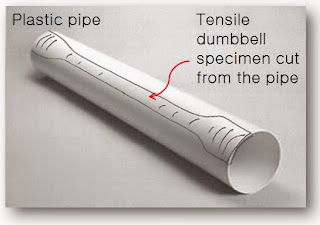3D Printing Leads the Way in Medical Breakthroughs
 3D printing has evolved from science fiction to science fact and has led to an exciting and rapidly expanding market.
3D printing has evolved from science fiction to science fact and has led to an exciting and rapidly expanding market.
The process enables engineers to check the fit of different parts long before they commit to costly production. Further examples include allowing architects to produce relatively low-cost scale models for their clients and, perhaps most excitingly, allows medical professionals and related technical developers to handle full-size, 3D objects printed from scanned data. Indeed, there are even companies now producing replacement body parts!
The continually increasing industry applications include products for automobiles, trainers, jewellery, plastic toys, coffee makers and all sorts of plastic bottles, packaging and containers. This also includes dental labs, who are using 3D printers to create crowns, bridges and temporaries such as night guards
There are also a wide range of educational uses.
 A typical 3D printer is very much like an inkjet printer operated from a computer. It builds up a 3D model one layer at a time, from the bottom upward, by repeatedly printing over the same area in a method known as fused depositional modelling (FDM). Working entirely automatically, the printer creates a model over a period of hours by turning a 3D CAD drawing into lots of two-dimensional, cross-sectional layers—effectively separate 2D prints that sit one on top of another, but without the paper in between. Instead of using ink the printer deposits layers of molten plastic or powder and fuses them together (and to the existing structure) with adhesive or ultraviolet light.
A typical 3D printer is very much like an inkjet printer operated from a computer. It builds up a 3D model one layer at a time, from the bottom upward, by repeatedly printing over the same area in a method known as fused depositional modelling (FDM). Working entirely automatically, the printer creates a model over a period of hours by turning a 3D CAD drawing into lots of two-dimensional, cross-sectional layers—effectively separate 2D prints that sit one on top of another, but without the paper in between. Instead of using ink the printer deposits layers of molten plastic or powder and fuses them together (and to the existing structure) with adhesive or ultraviolet light.
As 3D products are becoming increasingly used, one concern is the strength of the finished product and its ability to withstand tensile, compression or impact forces of real world applications. These properties are especially critical when they involve medical applications, such as the development of an exoskeleton for medical purposes at the University of Central Lancashire in Preston.
At an advanced prototype stage, the vast majority of the suit is built from 3D printed components, which drastically reduces both the cost and weight. The process also allows repairs to the exoskeleton to be completed much quicker and at a fraction of the cost of a metal structure.
Addressing the quality control requirements of the exoskeleton would speed up its development substantially, which is where Tinius Olsen comes in. The company have supplied a 50ST Universal Testing Machine, with accompanying instruments, to the University’s Engineering Innovation Centre that will ensure that the products printed for the exoskeleton can withstand the impacts of daily life.




Comments